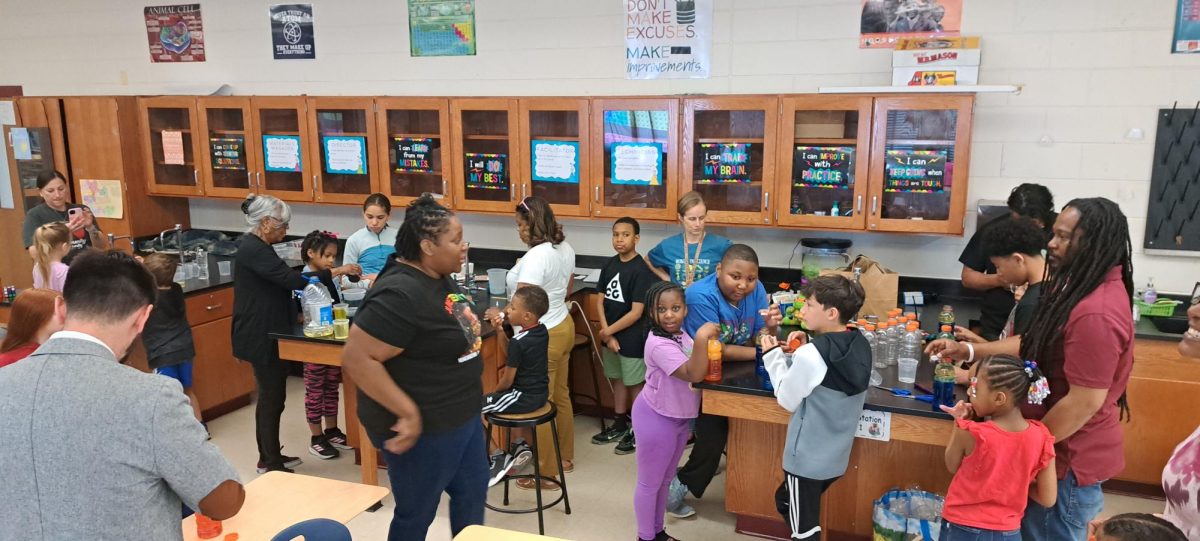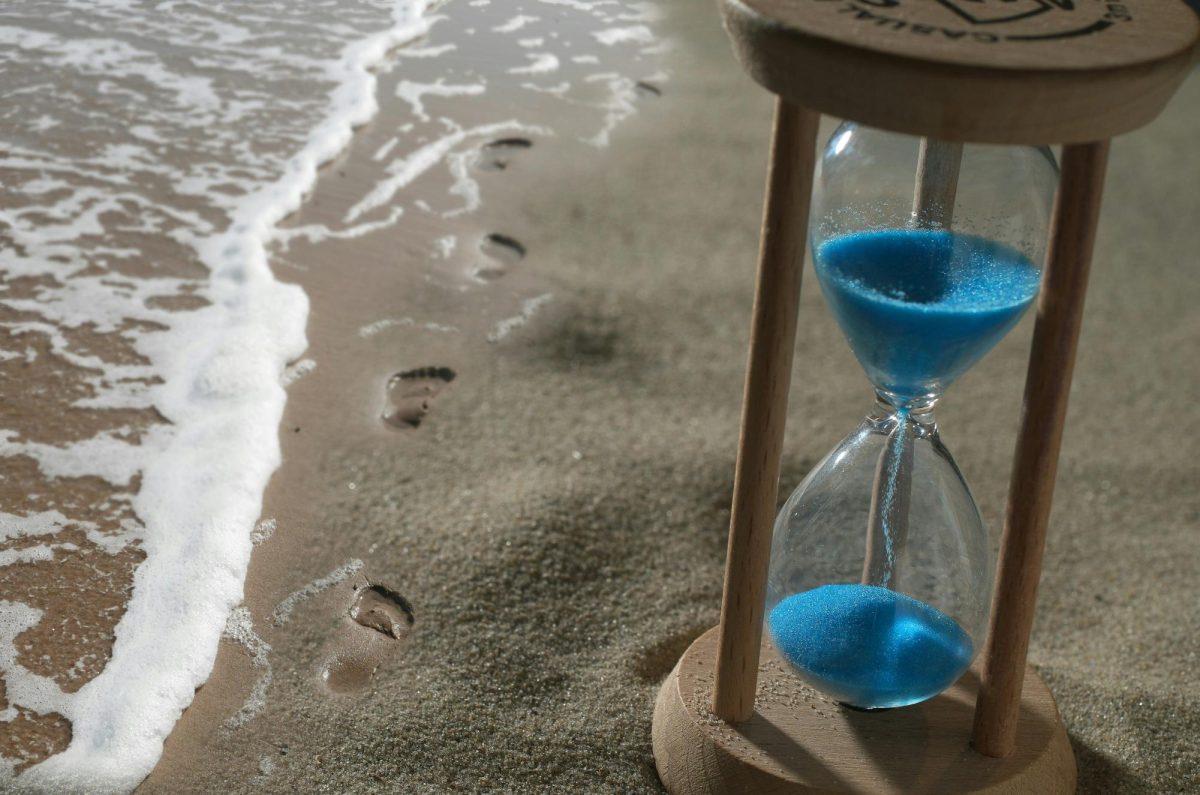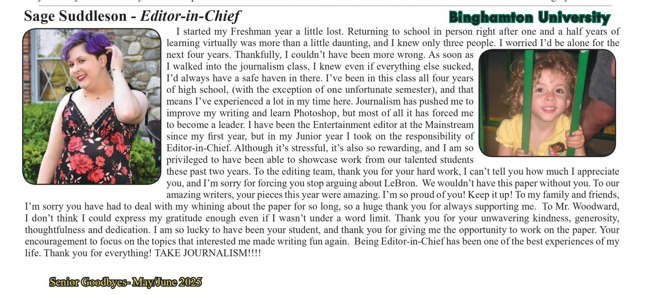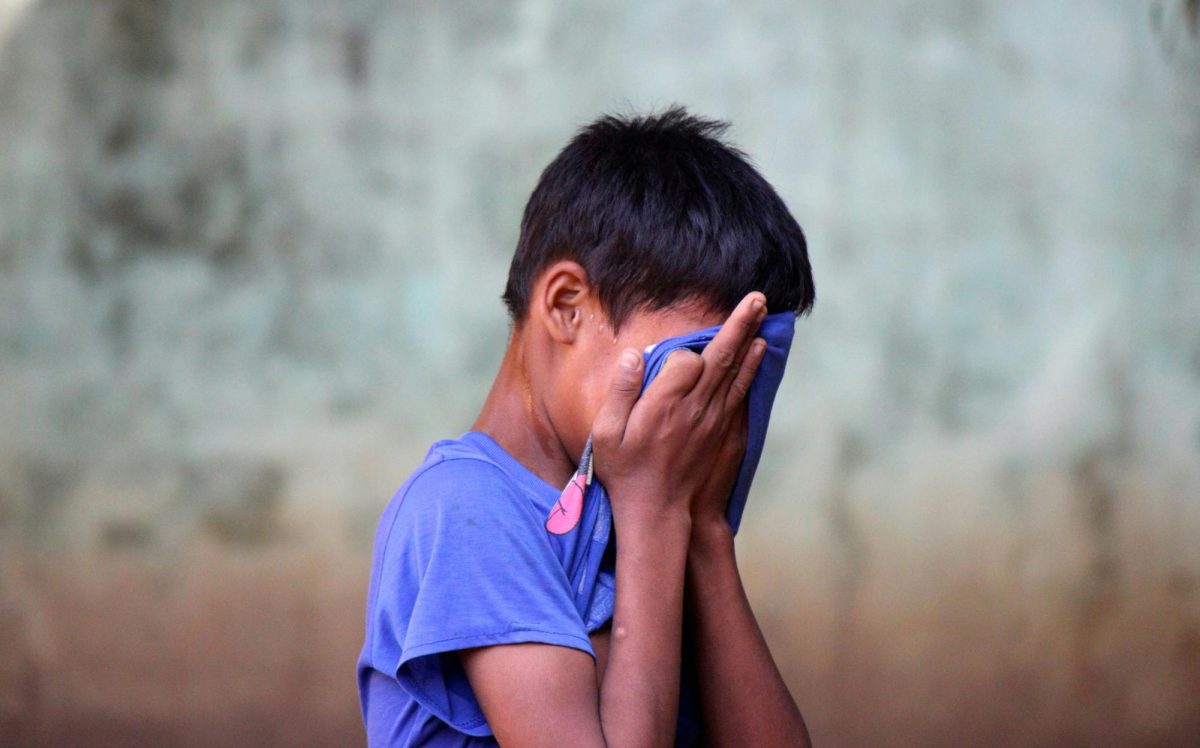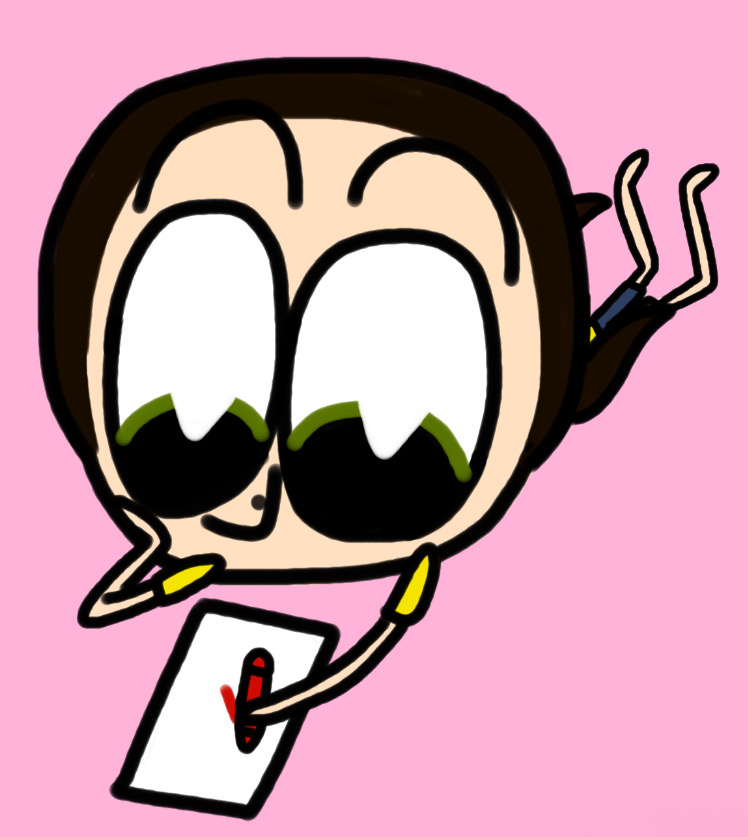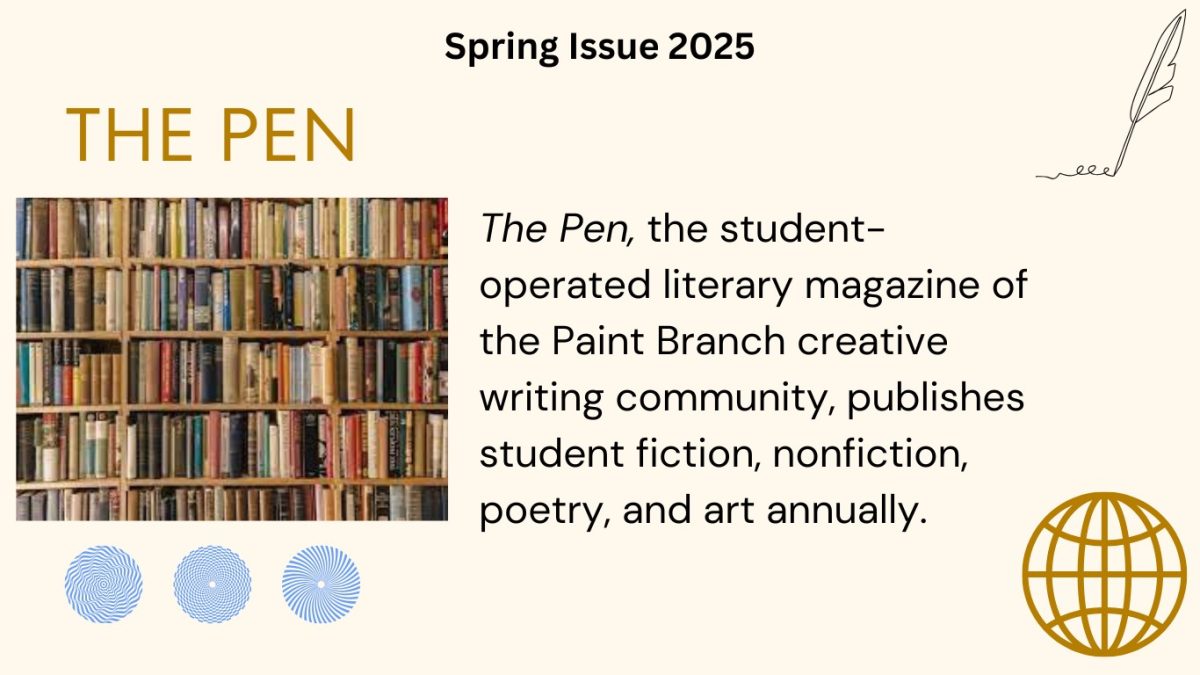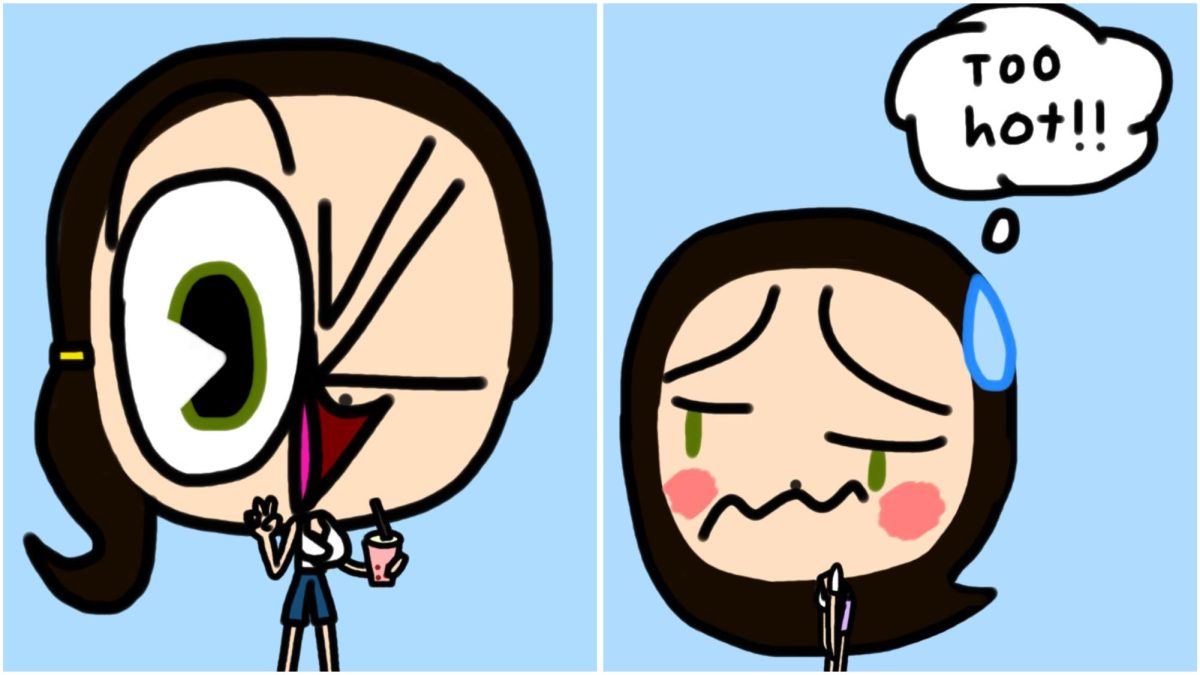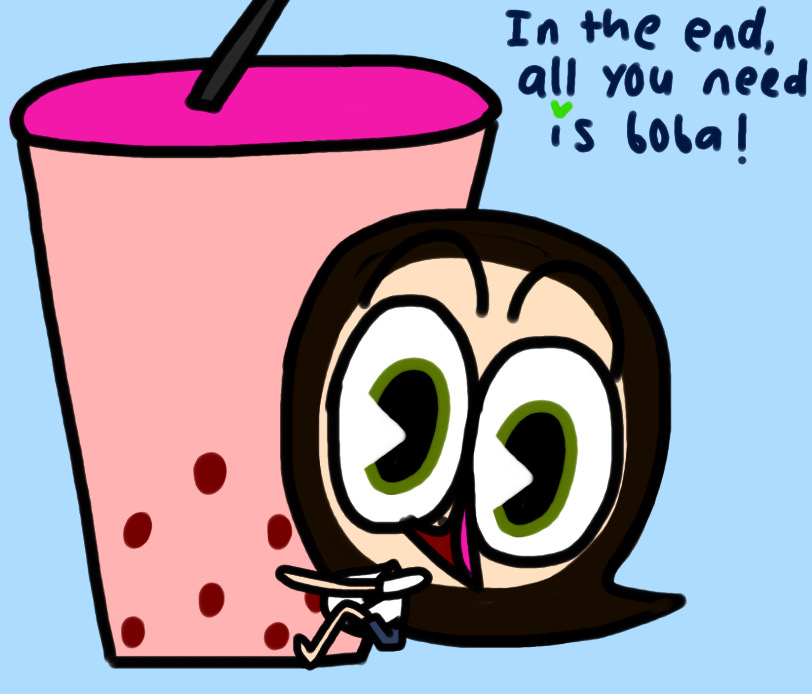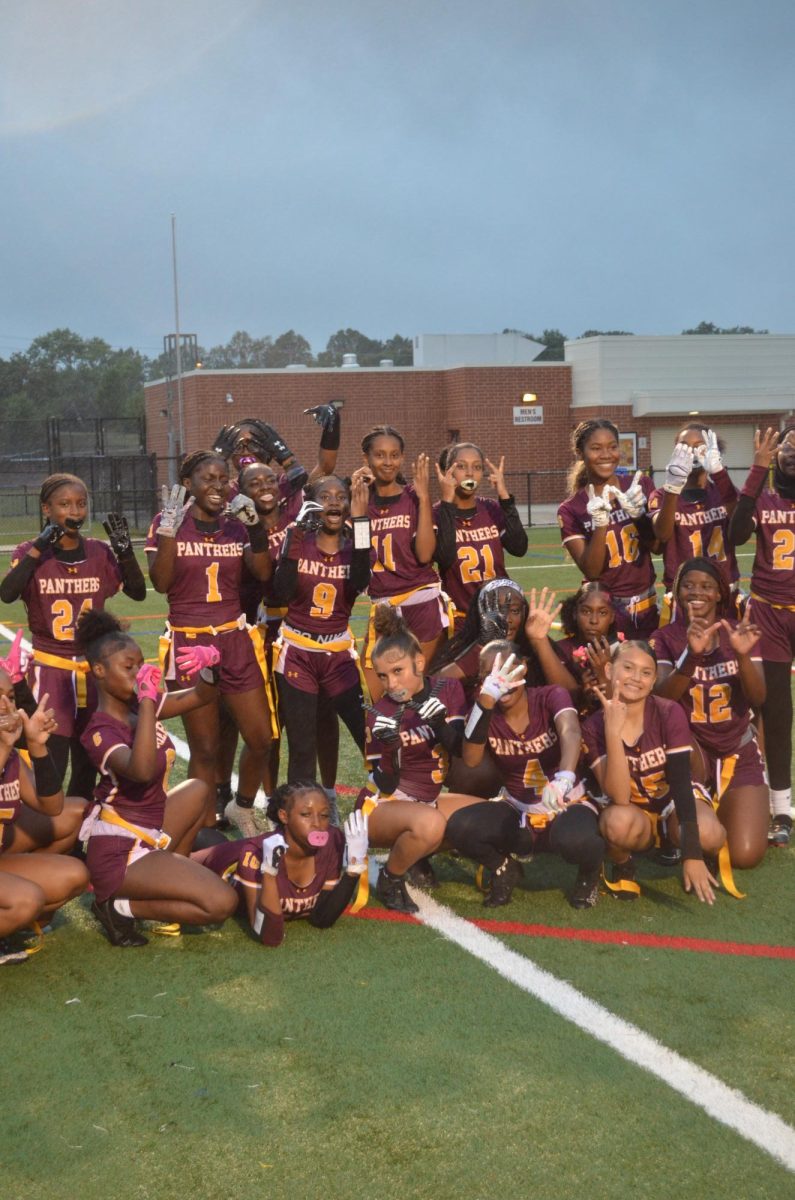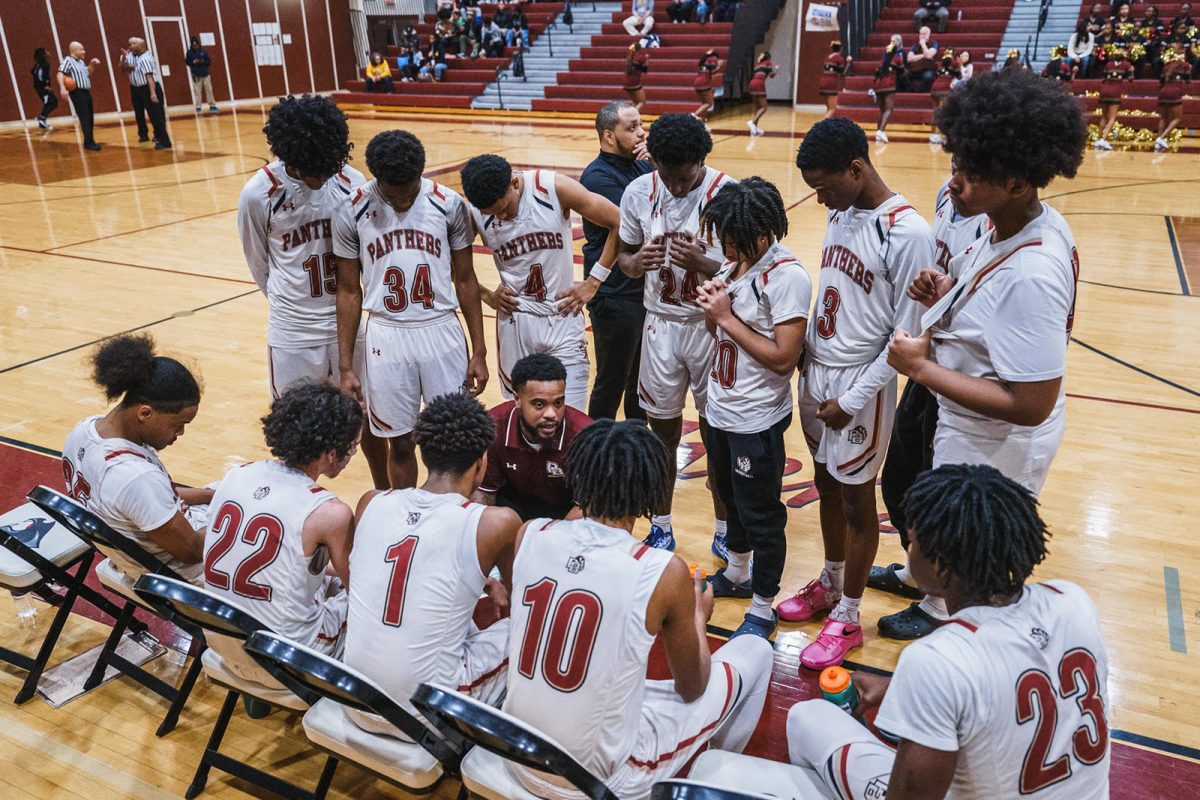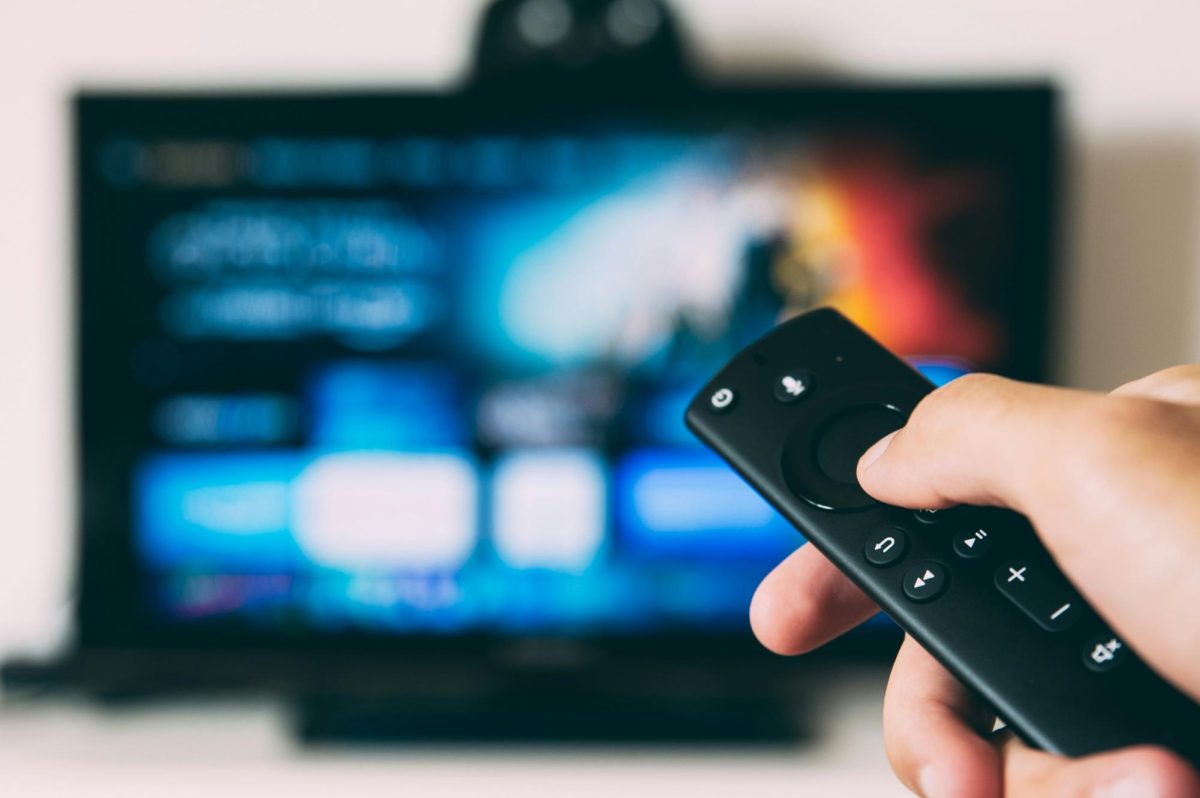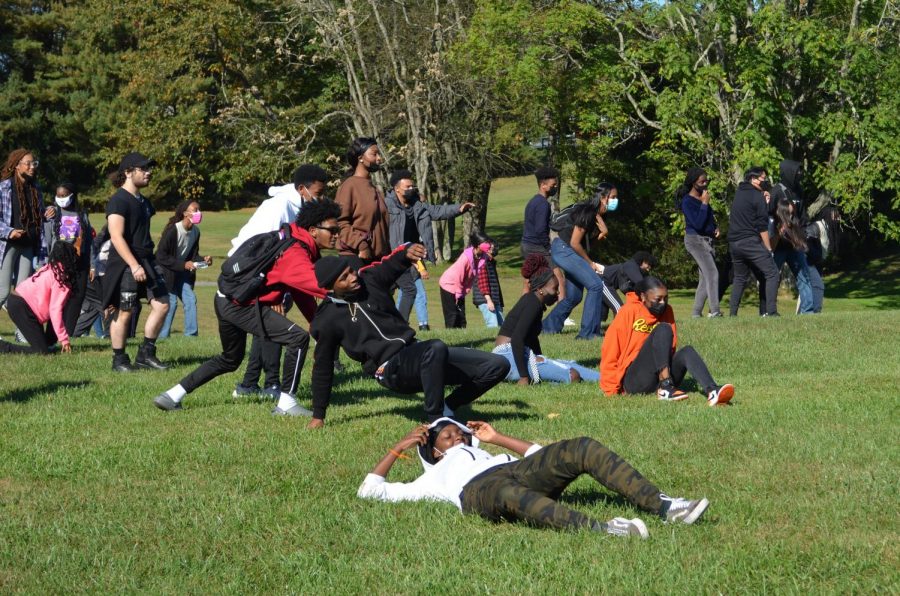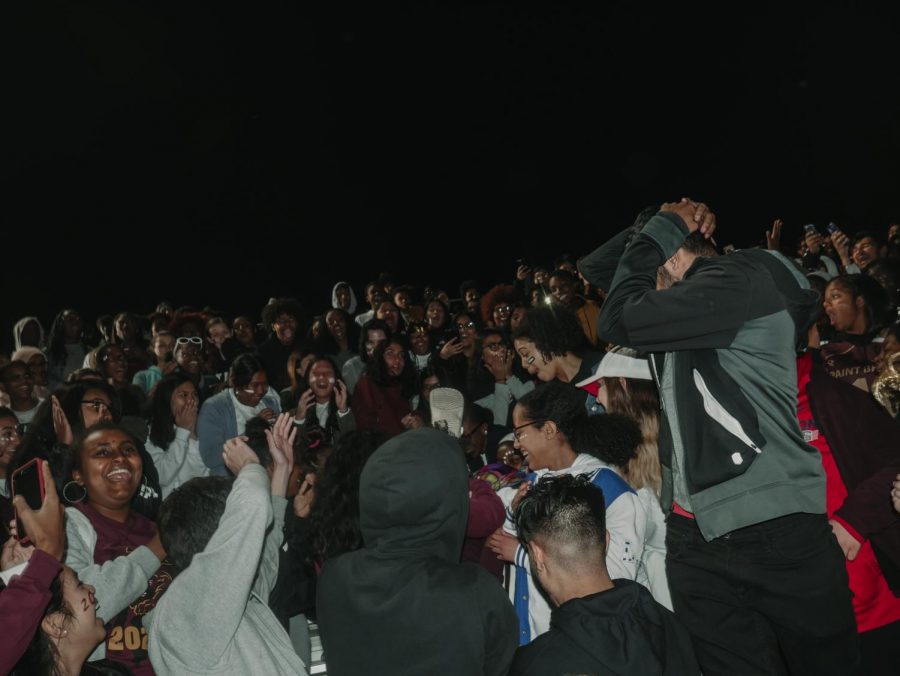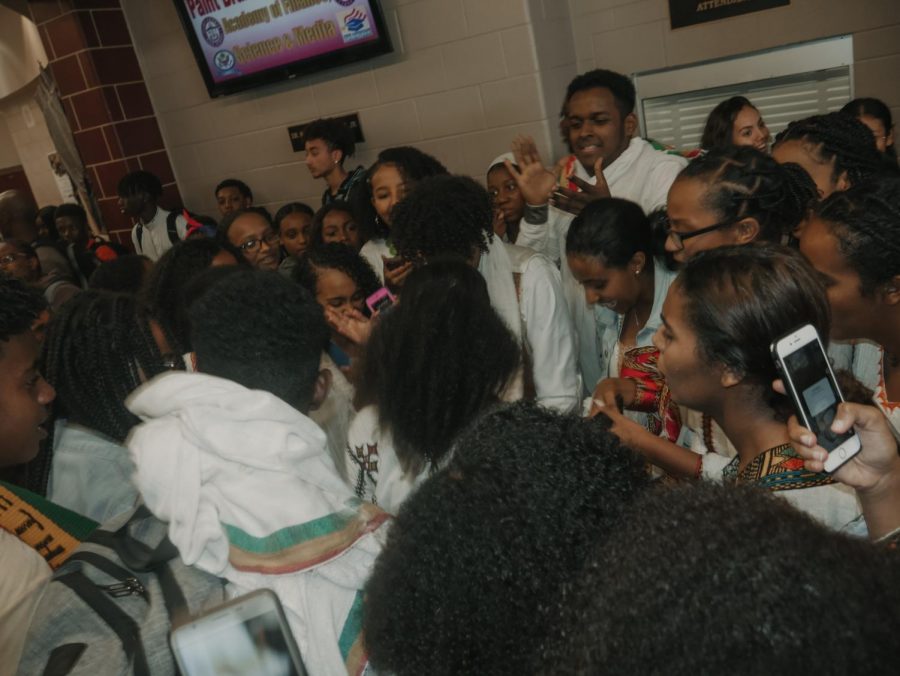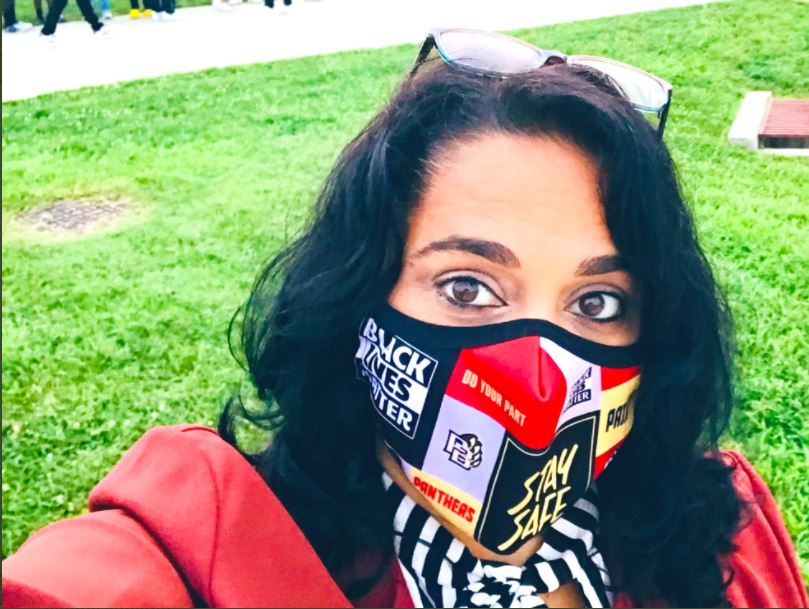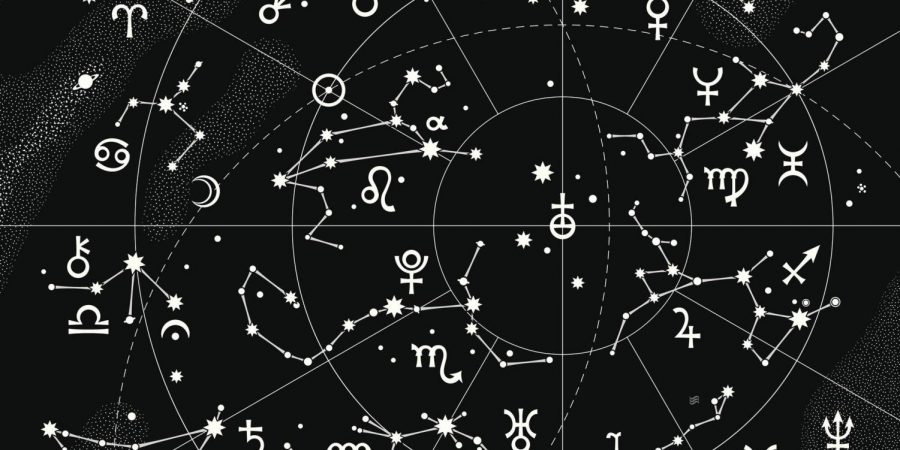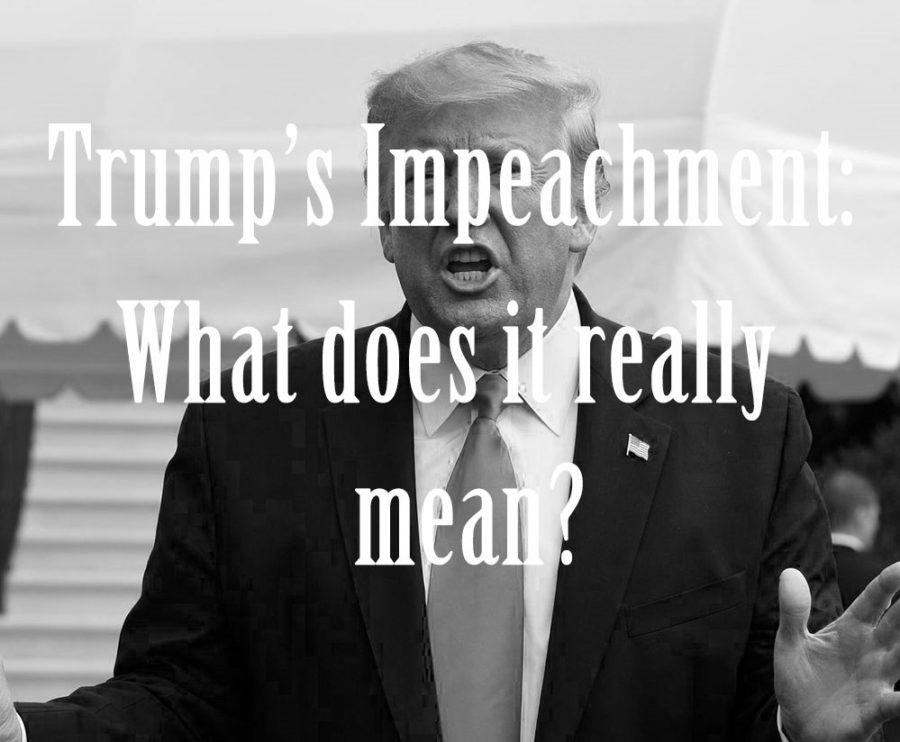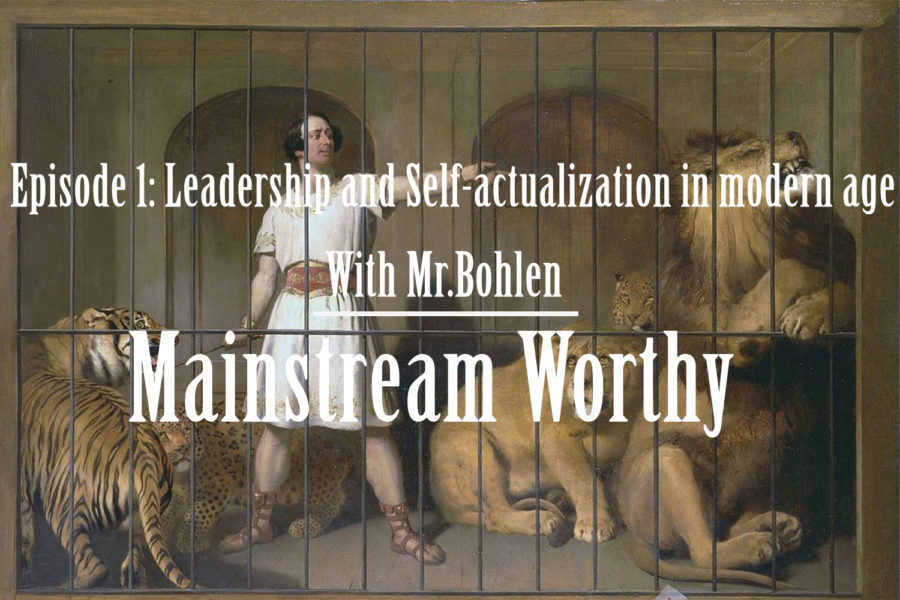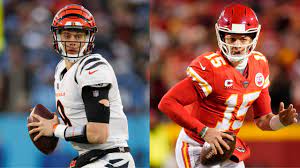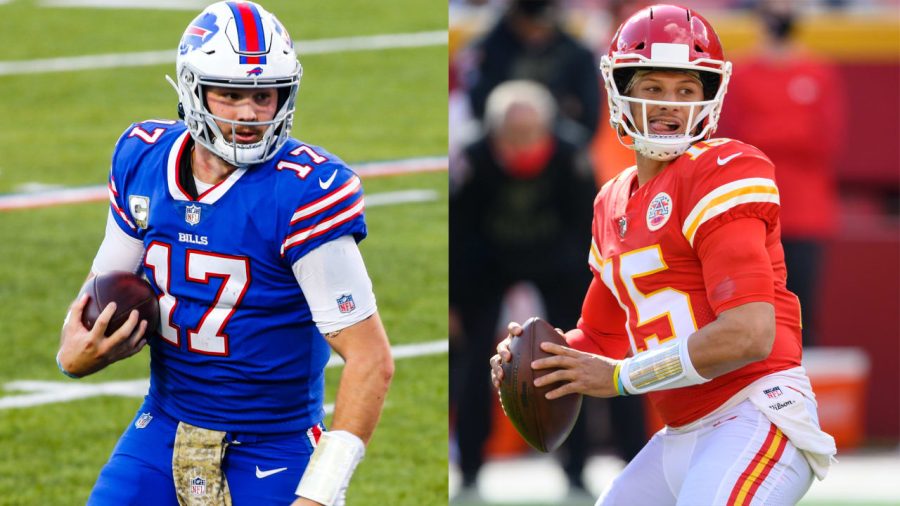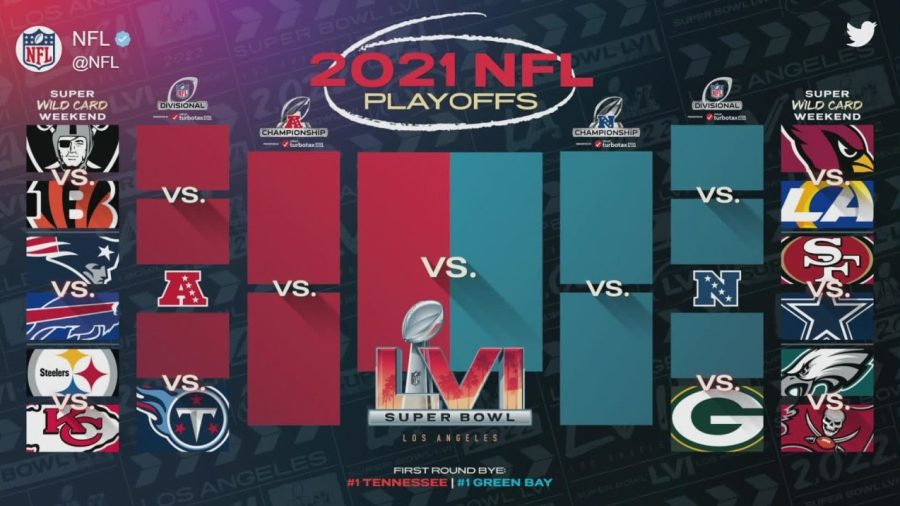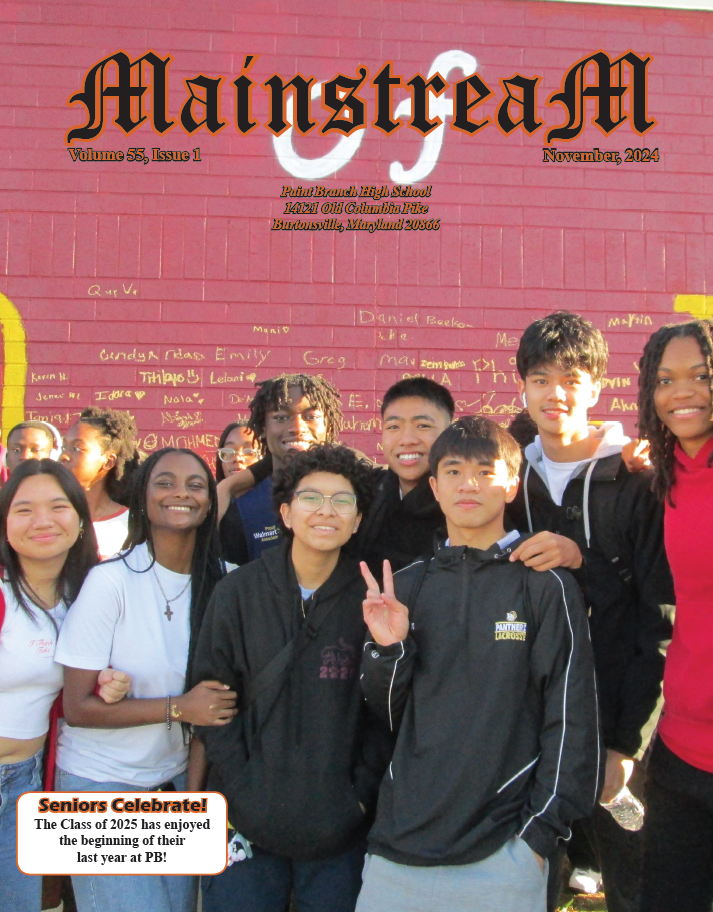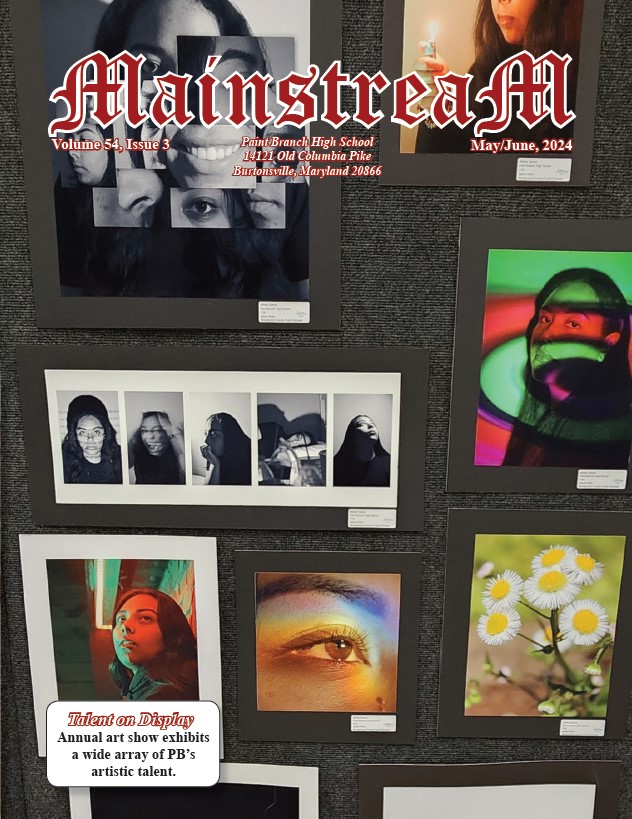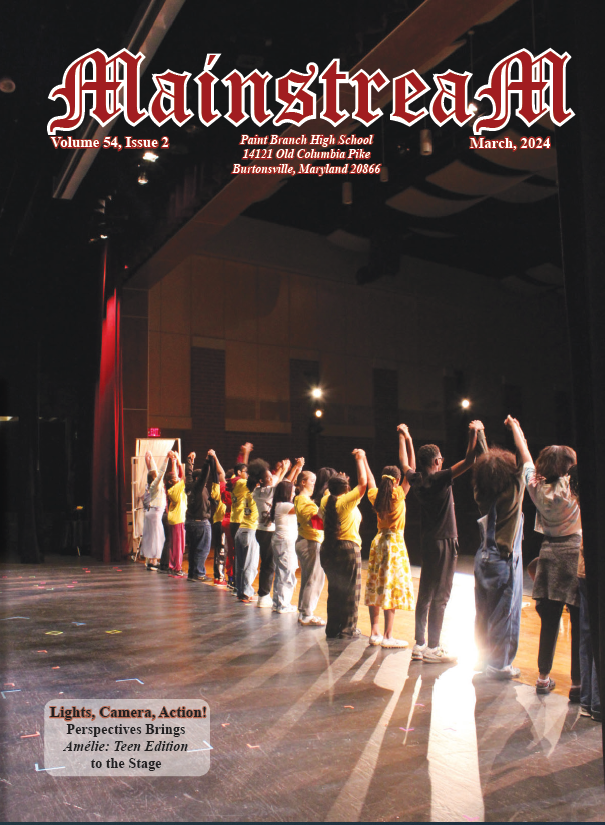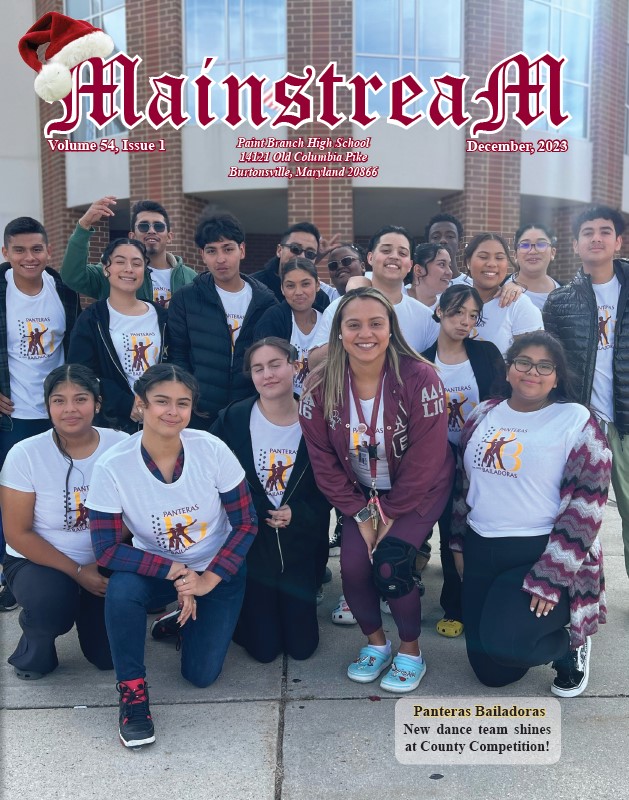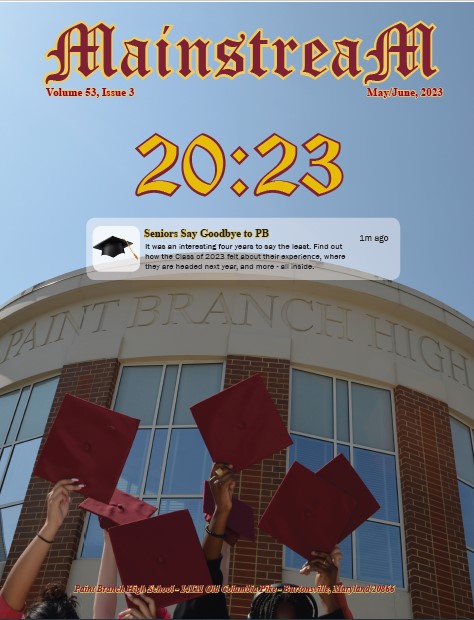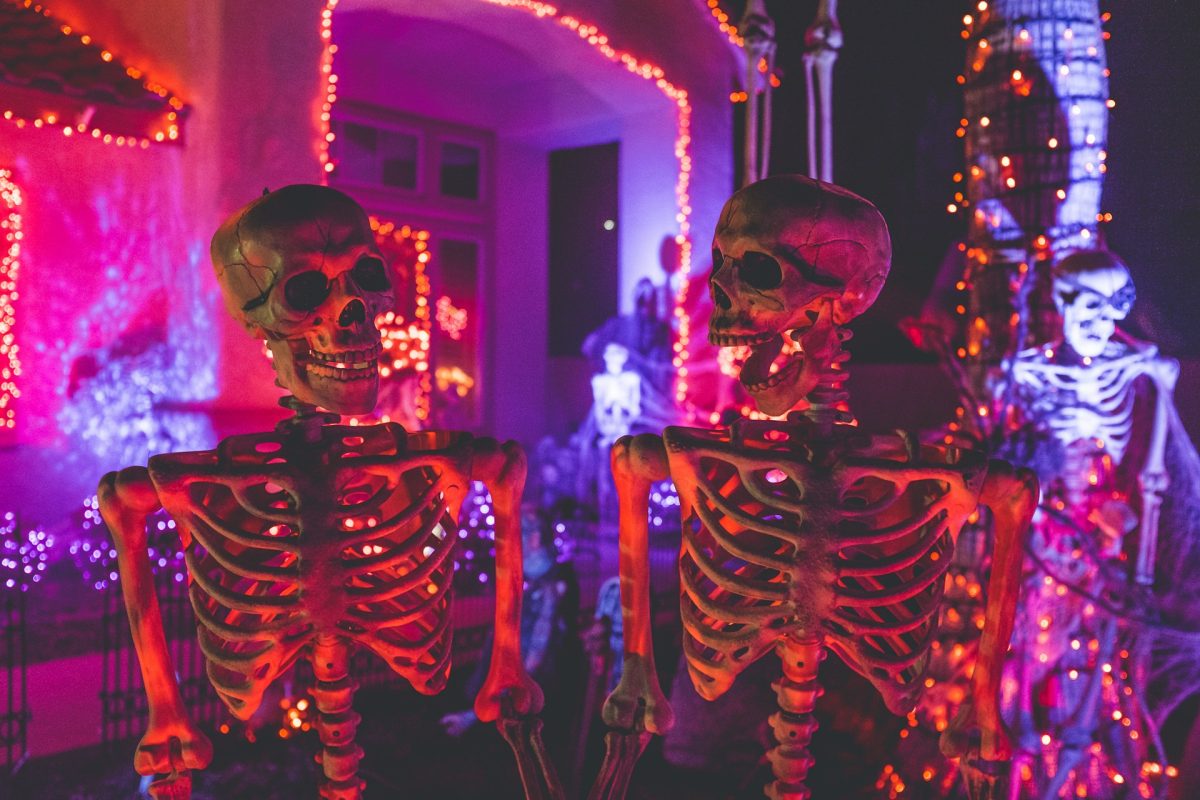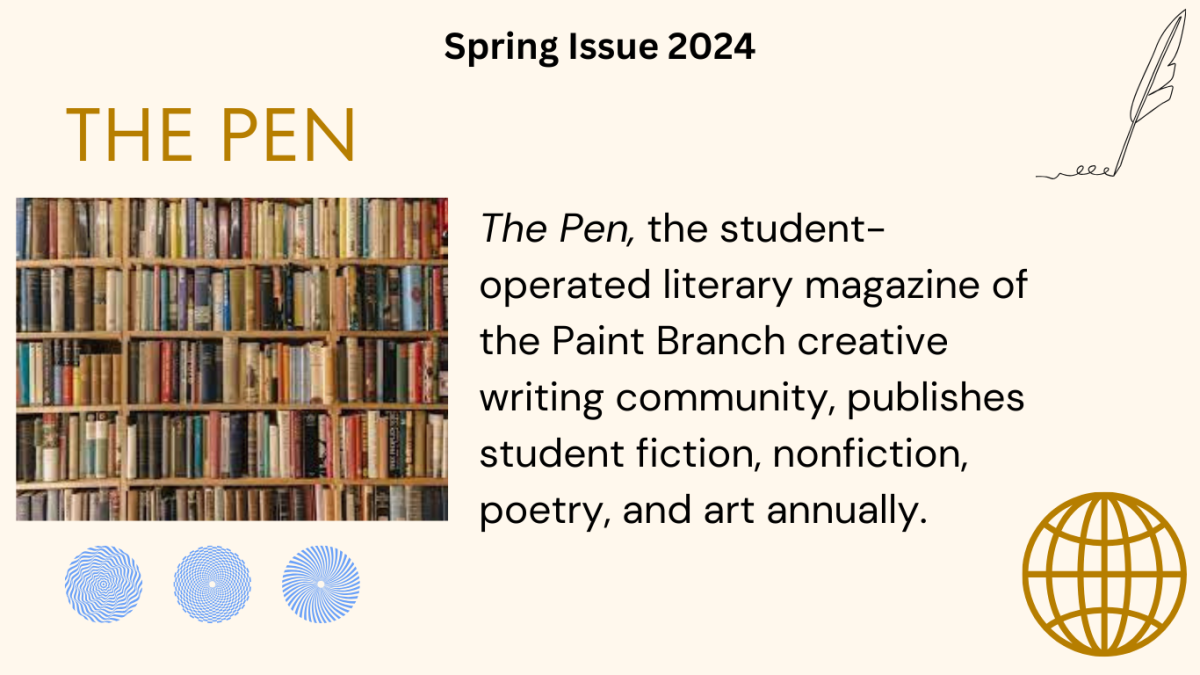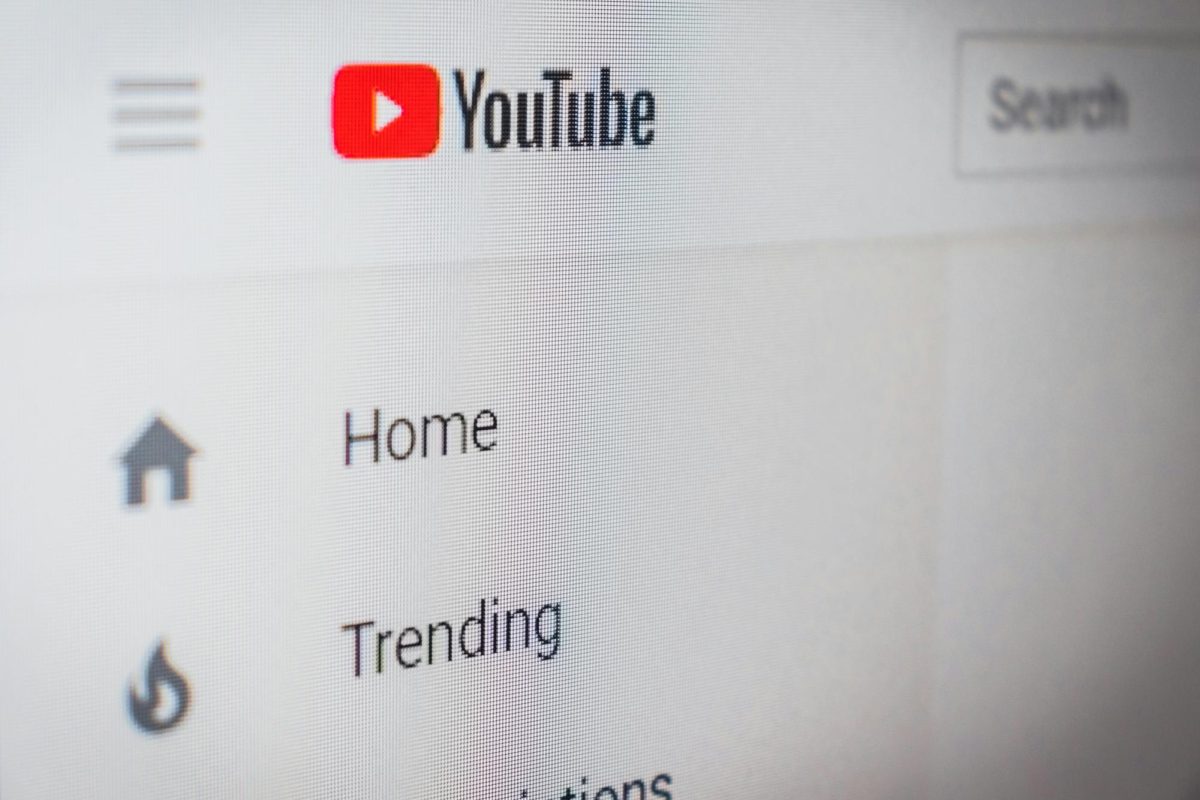Remember when YouTube was about DIY crafts, quirky skits, and fun vlogs? Back then, no one cared about subscribers, money, or views—just hitting the record button and doing what made them and others happy. Fast forward to today, it feels like every video starts with “This video is sponsored by…” and a bunch of ads punching you in the face. The platform that once celebrated creativity became a race for cash and fame.
Many YouTubers who once represented the platform’s early days have undergone significant changes as the app shifted. An example of this is James Charles, a beauty influencer, who once began videos with simple, fun makeup tutorials, and now runs a makeup empire with product launches and brand partnerships. Jimmy Donaldson, known as “MrBeast,” gained popularity for his simple challenges and charity videos, but over the years has changed his content to high-budget productions, such as when he recreated Squid Game and had numerous people participate in the same games that were in the hit Netflix TV show. While his version stayed true to the style of the series, it did remove the life-to-death stake. The success of these YouTubers and many others reveals how they aligned their content to fit the changing standards of the app and monetize their channel.
Creators have shared that they feel burnt out because of this. In a 2019 article titled “YouTube burnout is real. Creators are struggling to cope,” CNN’s Kaya Yurieff writes, “PewDiePie, a controversial but incredibly popular star on YouTube with more than 100 million subscribers, said over the weekend that he will be taking a break from the platform. ‘I’m tired,’ he said in a video. ‘I’m feeling very tired.’” Yurieff adds, “These creators face a constant pressure to put out an endless stream of content to satisfy their fans and, some fear, YouTube’s algorithms.” In the five years since this piece came out, the algorithm continues to push for more frequent uploads and higher engagement. The cycle of burnout remains an ongoing concern today.
However, some YouTubers haven’t fallen to the pressures of profit over passion. Mark Fischbach, whose online alias is “Markiplier” and known for his playthroughs of video games, had maintained the same authenticity that drew fans to him in the first place. Since he started regularly posting in 2012, fans have commented on videos stating “his content feels genuine and refreshing” or “he isn’t the type to chase down trends.” Another example is Zoë Sugg, famously recognized as ”Zoella”, who gained attention for beauty lifestyle content and cozy style vlogs in 2009. Even as she expanded her brand through product launches over the years, her content seemed to remain the same. These creators remind us that it’s possible to stay within your roots as you grow over the years.
While the platform has created countless opportunities for creators to turn their passions into careers, it created pressure for them to meet the algorithm, stay relevant, and achieve financial success. For many, this leads to burnout or a step away from what made their videos so special. As someone who’s watched YouTube for years, I’ve seen this shift firsthand. But, I can appreciate that many creators have managed to show that you can still stay true to yourself without failing to prioritize passion over profit.
All of this raises the question: will the pressure to monetize forever change what it means to be a creator on YouTube or will the app continue to support creativity?


